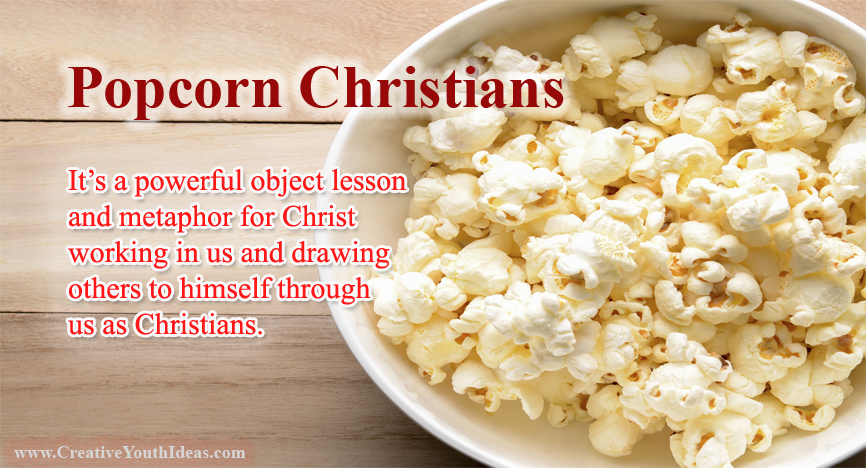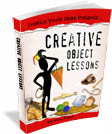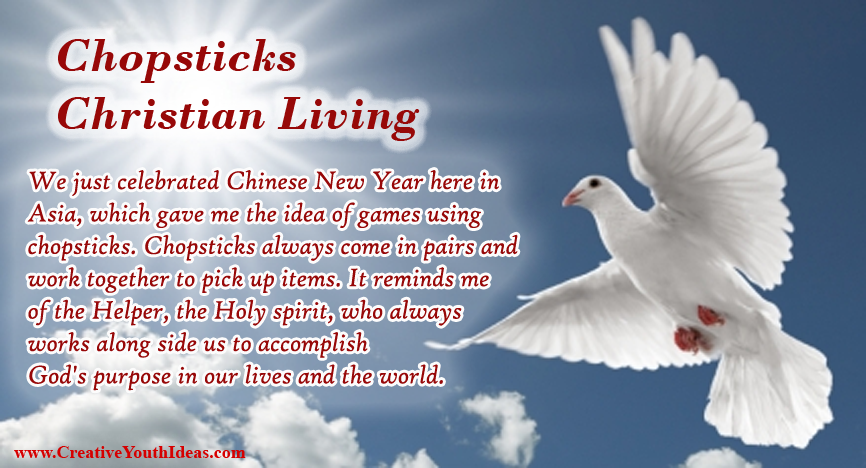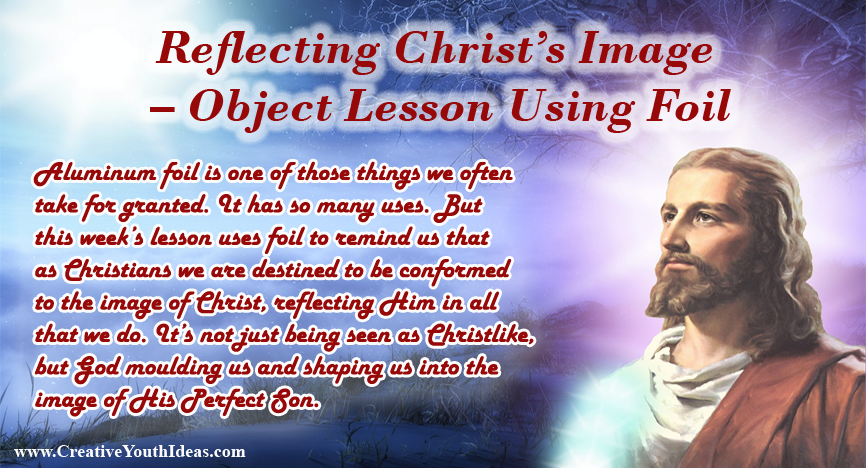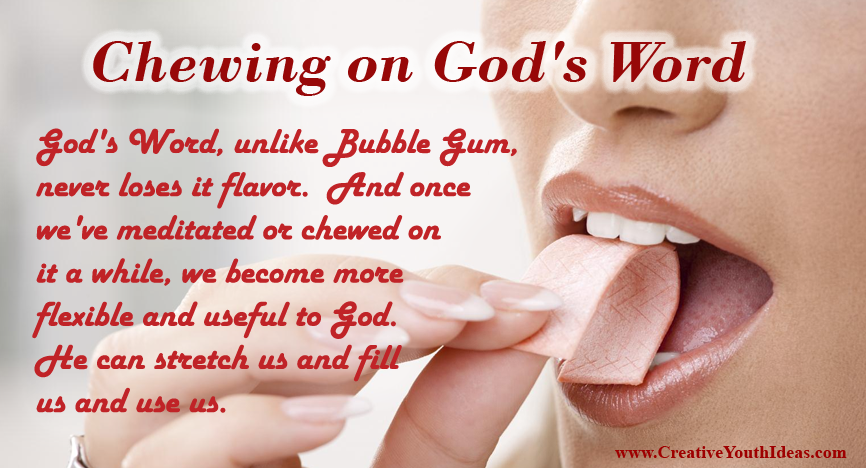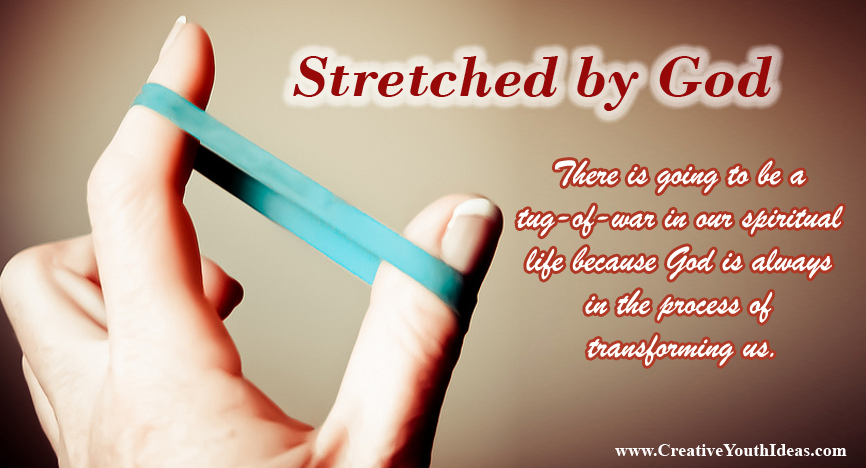Bible Text: Philippians 3:13–14Also: Isaiah 43:18–19, Hebrews 12:1, 1 John 1:9, Romans 12:1–2
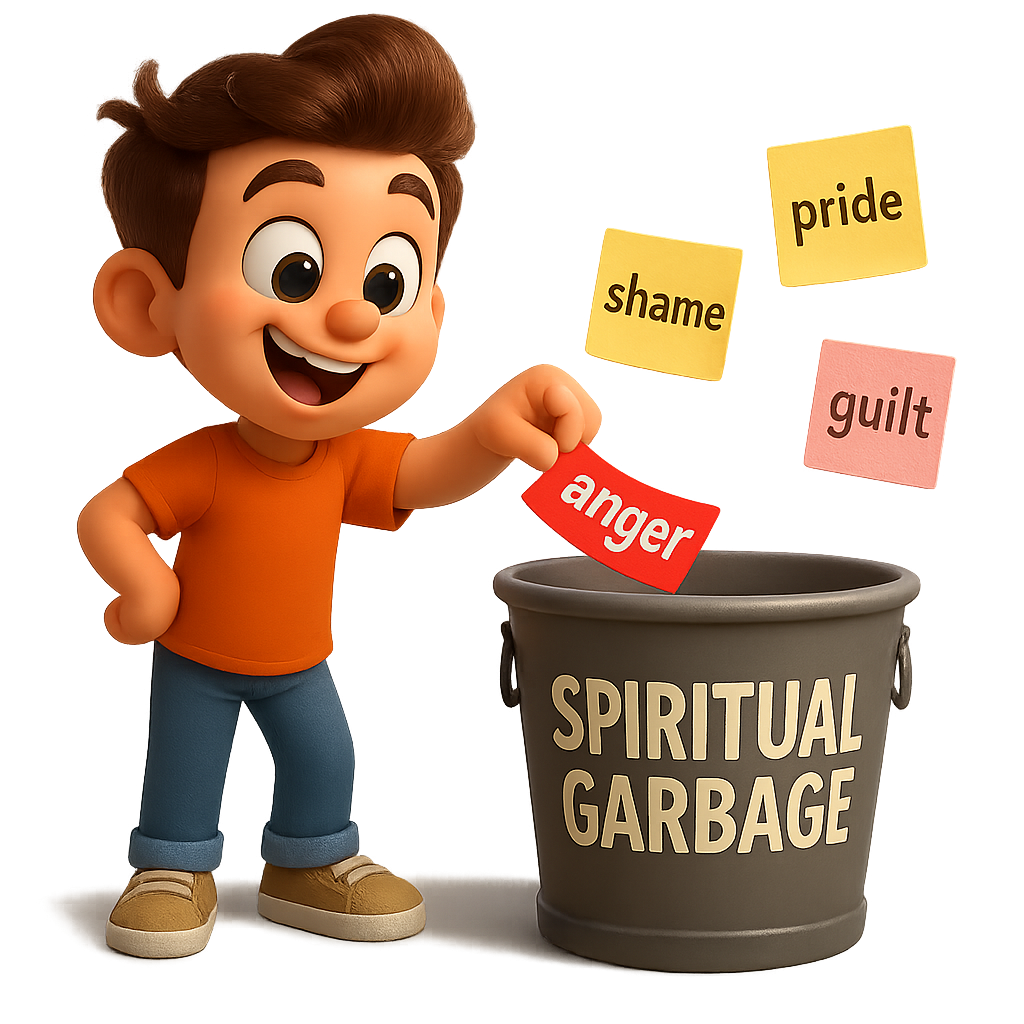
Key Concept:
Just like Paul, we need a spiritual waste-paper basket—somewhere to throw out the things that clutter our hearts and slow our pursuit of Christ.
Bible Text: Philippians 3:13–14
Also: Isaiah 43:18–19, Hebrews 12:1, 1 John 1:9, Romans 12:1–2
Trashcan Games:
Trash Toss Showdown – (Like basketball HORSE but with junk items) – Set up a trash can and gather random soft “trash” (crumpled paper, old socks, foam pieces). Players take turns attempting trick shots into the can from different spots or with goofy rules (eyes closed, backwards, under leg). If one player makes a shot, others must copy it. Miss the same shot and earn a letter in T-R-A-S-H. First to spell TRASH is out!
Garbage Relay – (Race with obstacles and trash) – Set up a racecourse with a trash can at the end. Teams must carry one piece of symbolic “garbage” (like a labeled item for fear, guilt, etc.) and race through a silly obstacle course to toss it in the bin. Then they run back and tag the next person. First team to dump all their “trash” wins!
Toss Your Trash Testimony – (Interactive storytelling with a twist) – Each player gets a piece of paper to write something God helped them overcome (e.g., fear, pride). When sharing, they crumple it and shoot it into the trash can as a symbolic act of letting go. Adds a playful, visual closure to a spiritual moment.
Trash or Treasure? – (Discernment game) – Prepare small objects or notes with words (some positive like “grace,” others negative like “jealousy”). One at a time, youth pull an item and decide whether it belongs in the “spiritual garbage” or a “treasure box.” They explain their choice before tossing or placing it. Encourages deep thought in a light format.
Garbage Can Charades – (Classic charades, trash-style) – Fill a trash can with props or slips of paper with silly actions. One by one, players draw from the can and act out what they get. Team guesses within 30 seconds. Add a theme twist like “things we need to throw out spiritually.”
Trash Bin Balancing Challenge – (Precision and pressure) – Players must stack symbolic “trash” (light objects with spiritual labels) on top of a trash can lid without letting them fall. Great for teamwork. Add time limits and blindfolds for extra chaos.
Trash Tag – (Tag with a twist) – One person is “it” and holds a trash can lid as their shield. Others run with symbolic “trash” labels attached to them. If tagged, they must freeze and hold up their “trash” until another player frees them by “helping them toss it” into the garbage.
Trash Can Knockout – (Dodgeball meets demolition) – Place trash cans in the center and surround them with cones. Teams compete to knock down the cans with soft balls while defending their own. Once a team’s can is knocked over three times, they’re out. Fast-paced chaos!
Can Slam Sprint – (Capture the flag remix) – Place a trash can on each side of the room. Teams try to run to the opposing side, grab an item of “trash” (like a bandana or rubber chicken), and make it back without being tagged. If they succeed, they slam dunk it in the can for points!
Human Trash Launch – (Catapult-style teamwork) – Teams create a human slingshot or launching platform (like a towel held tight) and launch soft “trash” into a target trash can across the room. Requires teamwork, aim, and major laughs.
Garbage Can Mayhem – (Musical chairs chaos) – Like musical chairs but with trash cans. Place half the number of bins as players. When music stops, players rush to toss a “trash item” into a bin and grab it. No bin = you’re out! Add jumping, crawling, or spins to get there.
Trash Dash Madness – (Timed throwing competition) – Place several trash cans around the room. Each team must collect and throw in as many symbolic items as possible from a pile at the starting line. But only one player can move at a time—nonstop rotation!
Exploding Trash Tower – (Stack and attack!) – Teams must race to build the tallest “trash tower” using random junk (cups, boxes, etc.) around their trash can. Once time’s up, opposing teams get 30 seconds to try and knock each other’s towers down by throwing soft balls. Combine strategy and action!
Key Concept:
Just like Paul, we need a spiritual waste-paper basket—somewhere to throw out the things that clutter our hearts and slow our pursuit of Christ.
What You Need:
- A trash can (label it “LIFE’S TRASH” or “SPIRITUAL GARBAGE”)
- Sticky notes or slips of paper
- Markers
- A table with some props (ideas below)
- Optional: a clear bag filled with “trash” items like fake money, mirrors, broken headphones, etc.
The Activity: What Belongs in the Trash?
Setup:
Set the trash can in the front of the room. On a table nearby, place symbolic items like:
- A chain (guilt, sin)
- Mirror (vanity, obsession with image)
- Stopwatch (wasted time)
- Old backpack or bag (burdens, regrets)
- Play money or coins (materialism)
- Red ribbon (bitterness, anger)
- A fake crown or trophy (pride)
- Also prepare blank slips of paper or sticky notes for youth to write their own “trash.”
Instructions:
1. Start by holding up one item at a time and asking:
“Does this belong in the waste basket of life?”
As each item is discussed, talk briefly about what it represents. Invite students to come up and toss it into the trash can—if they agree it needs to go.
2. After all items are discussed, hand out sticky notes and invite youth to write down 1–2 personal “trash items” they know God wants them to throw out—habits, attitudes, shame, distractions.
3. Play soft background music and allow them to come one by one to toss their papers in the waste basket.
Take It to the Next Level
Make It Spiritual
- Paul says in Philippians 3:8 that everything else is “rubbish” compared to knowing Christ.
- What does your “trash” cost you spiritually?
- Why does God want us to throw it out?
- Hebrews 12:1 reminds us to “throw off everything that hinders”—we can’t run if we’re dragging a bag of junk.
Make It Practical
- What’s one thing you’re holding onto that’s taking up emotional or spiritual space?
- What are some “trash” things teens carry today? (Bitterness from a breakup, comparison on social media, secret sin, guilt over the past)
- What would it look like to walk lighter this week?
Make It Personal
- What’s in your waste basket right now that you haven’t let go of?
- Is there anything you’ve pulled back out of the trash that God already forgave or freed you from?
- If Christ is your treasure, what does it look like to throw everything else away?
Scriptures
- Philippians 3:13–14 – “Forgetting what is behind… I press on.”
- Isaiah 43:18–19 – “Forget the former things… I am doing a new thing.”
- Hebrews 12:1 – “Throw off everything that hinders…”
- 1 John 1:9 – “If we confess our sins, He is faithful and just to forgive…”
- Romans 12:1–2 – “Do not conform… be transformed.”
Final Encouragement
God never meant for you to carry spiritual garbage. Paul had a waste-paper basket, and so should we. Let’s stop holding on to what Christ already died to take from us. Throw it out. Travel light. Pursue the prize.

